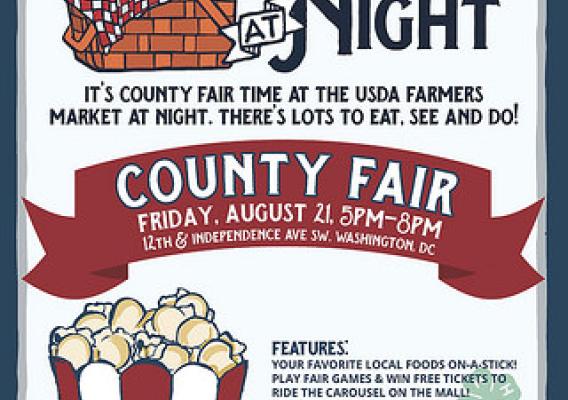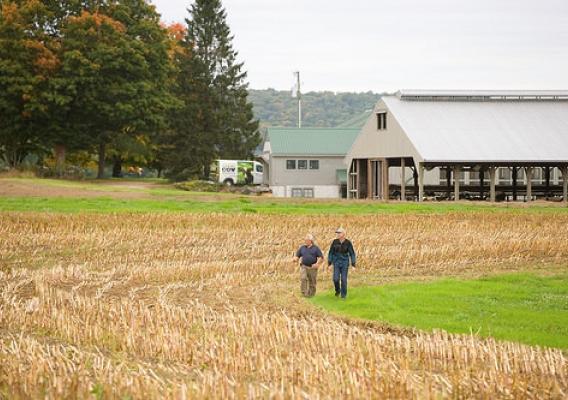The Northeast Regional Climate Hub covers Connecticut, Delaware, Maryland, Maine, Massachusetts, New Hampshire, New Jersey, New York, Pennsylvania, Rhode Island, Vermont, West Virginia, and the District of Columbia. The Northern Forests Climate Sub Hub shares this footprint and represents people working and living in the forests of the Northeast.
About 21 percent of land in these 12 states is farmland (6 percent of national total), and 62 percent is classified as timberland (total land area covered by trees is somewhat larger). The northeastern United States is home to about 175,000 farms that collectively produce agricultural commodities worth more than $21 billion per year. The most important commodities in the Northeast are dairy production and poultry, and about half of the field crops (including pasture) grown in the Northeast are for animal feed. Horticulture is a relatively large portion of total plant production in the Northeast, as are perennial fruits such as apples, pears, blueberries, and cranberries. Farms in the Northeast are on average smaller than in many other parts of the country, and a greater percentage of these are operated by women than in the rest of the United States. Organic production is relatively greater than in most other regions.










